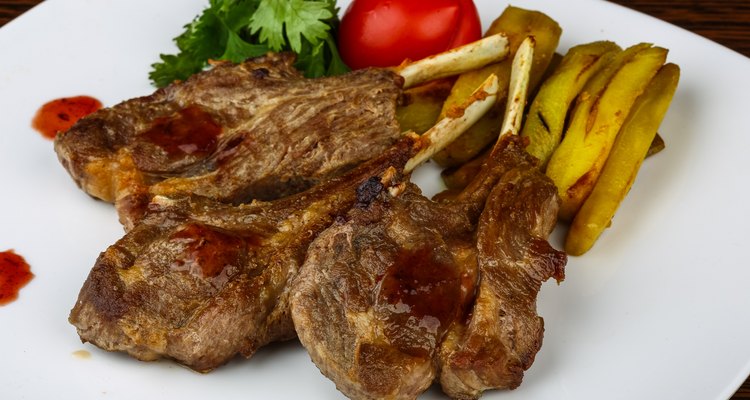
AndreySt/iStock/Getty Images
Beef, pork, chicken and turkey are all consumed by Americans in copious quantities. Yet lamb and veal, two exceptionally tender and delicate meats, are not nearly as cherished here as they are in Europe and elsewhere. If your only experience with lamb was a tough, overcooked, strong-smelling leg roast at your grandmother's table, try grilling a lamb rib or loin chops to taste the difference.
About Lamb
Because lamb comes from relatively young animals, most of its cuts are tender enough to roast, boil or grill. However, some parts are more tender than others. The shanks are relatively chewy, and benefit from slow cooking. The tenderest portions are those cut from either side of the lamb's backbone. The front half of the lamb yields the rib cuts, while the back half gives the loin cuts. The rib can be purchased as individual chops or as a full rack, while the loin is normally cut into chops.
Loin Chops
Lamb loin chops are the equivalent of the premium T-bone or porterhouse steaks cut from steers. It includes a portion each of the lean, tender loin muscle and the even more delicate tenderloin, divided by a substantial piece of bone. Sometimes the chops from either side of the backbone are left joined together to make a larger portion, which is referred to as an English-style loin chop. Even by lamb standards, loin chops are unusually tender.
Rib Chops
Rib chops are cut from the portion of the loin muscle that extends across the rib section to the animal's shoulder. Like chops cut from the loin, rib chops are exceptionally tender. The primary difference between them is that the rib chops contain more fat, both in the form of marbling through the muscle itself and also the layer of protective fat that surrounds the ribs. It's the lamb's fat that carries the distinctive flavor, and lamb enthusiasts often prefer rib chops for that reason. Standard rib chops contain one rib, but "double chops" are cut two ribs wide.
Grilling Lamb
Both rib and loin chops are normally grilled or broiled, two cooking methods that produce rich, savory browned flavors in the meat. Each technique relies on quick, intense heat to cook the chops. With grilling, the heat comes from below in the form of a gas or charcoal fire. With broiling, the heat comes from above in the form of gas, at restaurants, or an electric element in you home oven. In either case, the quick cooking produces a chop that is well-browned on the outside but still juicy and tender on the inside.
Related Articles
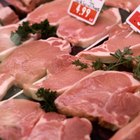
Types of Pork Chops

What Are Pork Cutlets?

How to Cook Boneless Country Spare Ribs

What Are the Differences Between Lamp ...
Can I Slow Cook Country Style Ribs ...

Secrets to Tender Breaded Pork Chops

How to Cook a Butterflied Pork Chop in ...
How to Cook a Lamb Square Cut Shoulder
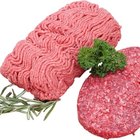
What Cuts of Meat Are Used for Ground ...
How to Cook Beef Ribs in an Electric ...
Difference Between Ribeye Steak & ...

How to Cook Pork & Sauerkraut in an ...

What Is the Difference Between a Prime ...

The Best Way to Cook Pork Shoulder Ribs ...

How to Cook Venison Inside Loin

What Cooks Faster: Bone-In or Boneless ...
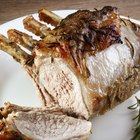
How to Cook a Rack of Pork
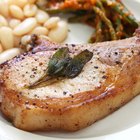
How to Grill Iowa Chops

Meat Parts of a Lamb
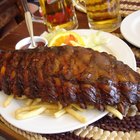
How to Buy the Best Spare Ribs at the ...
References
- "On Food and Cooking: The Science and Lore of the Kitchen"; Harold McGee; 2004
- The Cook's Thesaurus; Lamb Rib Cuts; Lori Alden; 2005
- The Cook's Thesaurus; Lamb Loin Cuts; Lori Alden; 2005
- Recipe Tips: Lamb Chops
Writer Bio
Fred Decker is a trained chef and certified food-safety trainer. Decker wrote for the Saint John, New Brunswick Telegraph-Journal, and has been published in Canada's Hospitality and Foodservice magazine. He's held positions selling computers, insurance and mutual funds, and was educated at Memorial University of Newfoundland and the Northern Alberta Institute of Technology.
Photo Credits
AndreySt/iStock/Getty Images